A grant proposal is a written request to an organization or government for financial assistance for ordinarily a non-profit project but can also be for a profit project.
Once the proposal is approved and the grantee selected, the grantor becomes a partner aiming to achieve the goals laid out in the proposal. In most cases, the proposal must be aligned with the grantor’s interests. It should be an influential and very well-upheld archive for change.
A grant is a non-refundable financial assistance (gift, bounty, subsidy, or contribution) given by an organization, government, or individual for a specific purpose.
It is typically given through a selection process to an eligible recipient (grantee) who satisfies the set conditions for selection. Common grantees are children, organizations, environmentalists, human and animal life, social justice activists, etc.
Grant Proposal Examples
Reviewing successful grant proposal examples can improve your writing skills when it comes to requests for grants. Winning examples are great sources to note formats, persuasive tone, keywords, and structure. Most grantors have specific requirements to align the request with the requirements. You can learn the technique by reviewing one the grantor in question has previously approved.
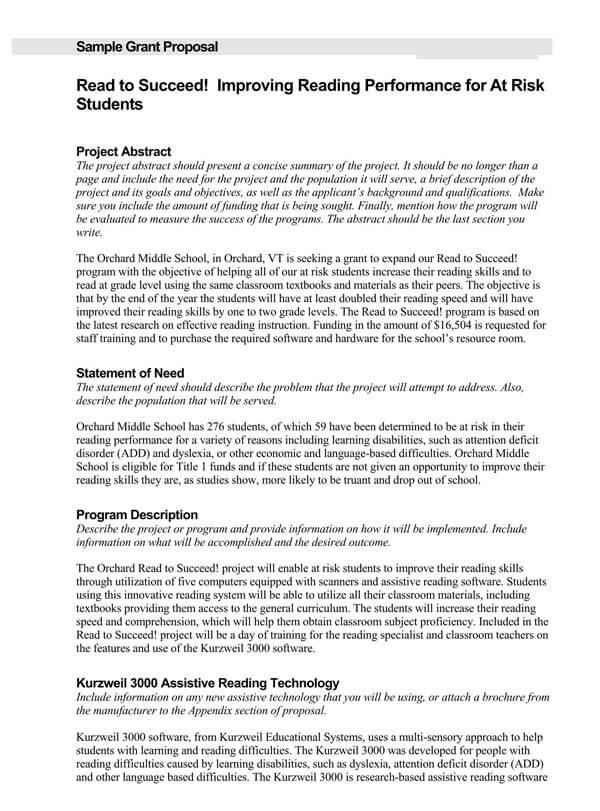
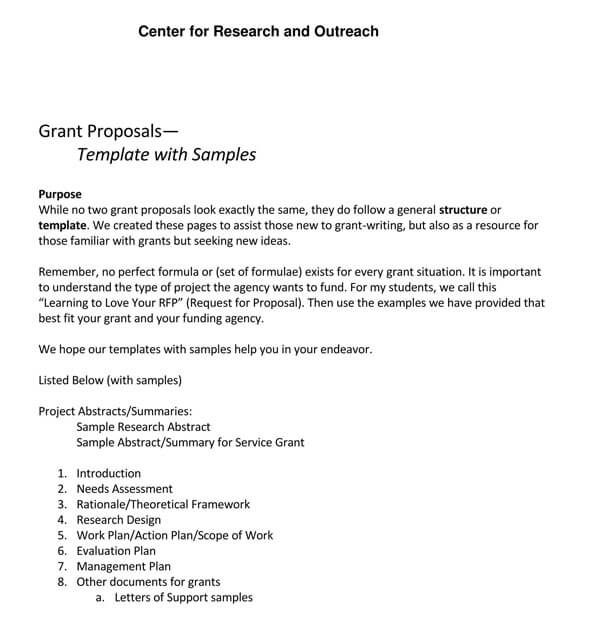
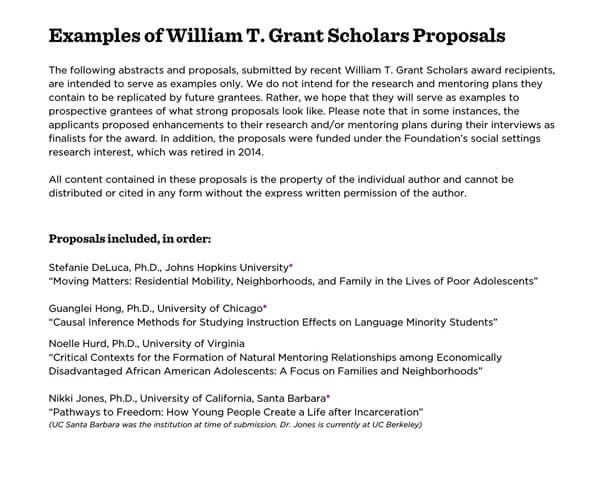
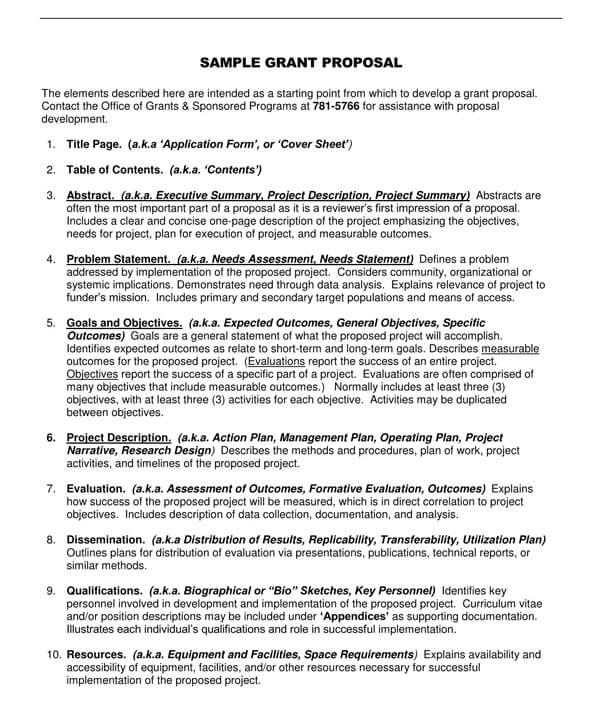
Types of Grants
You can request diverse types of grants from organizations or governments, depending on how they intend to use the funding.
Some of the commonly known types are:
Operating support or unrestricted funding
Also referred to as general operating grants, they are awarded to cover operational expenses (administrative costs such as salaries, rent and utility bills, and overhead expenses) within an organization. The utilization of these is not restricted, hence the name, and they are not devoted to a particular project or purpose. They offer maximum flexibility and are the rarest type of grant.
Capital support
Capital support grants are funds given for specific capital investments. Such investments include the construction of new facilities, renovation, and remodeling of existing buildings, land acquisition, and the purchase of costly equipment. Thus, they are sometimes referred to as brick-and-mortar grants.
Program development grants or restricted funding
Program and project grants or restricted grants are the most common types of grants. As the name suggests, program and project grants are more restrictive and can only be used for the purpose specified in the grant proposal. The purpose is usually to create, support, or develop or grow programs or projects you request.
Myths About Non-Profit Grants
There are multiple factors that revolve around the requesting and awarding of grants. The most common myths are:
Grantors operate like charities with gifts
Although grantors have significant sums of money available to award out there, it is not given to anybody who asks for it. Instead, applicants must work for the grants so that the most suitable candidate is awarded. To ensure this is achieved, grantors usually set demanding requirements that applicants must meet.
Grants are only awarded to big NPOs
There are different types and sizes of grants that entities can apply for; therefore, even small entities can request them. In addition, there are no restrictions as to who can request it.
It is intricate and challenging to attain
There is a lot to take into account when coming up with an excellent and persuasive grant that will ensure you get the grant, and it is not impossible or limited to particular people. Once you learn the basics and follow the guidelines given by the grantor, you can increase your chances of getting it.
Pre-Writing Considerations
Before commencing the writing process, there are several things you ought to investigate. Firstly, getting a clear understanding of how grants work should be a priority. You can consult with mentors, professors, previous grant recipients, trusted advisers, and the granting organization to learn more about awards and how to apply for one successfully.
Other pre-writing considerations include:
- Entities and individuals seeking grants should come up with a project and develop objectives and actionable plans that outline what they should do and the reason behind the task.
- Determine how the grant will be used to obtain positive results from the intended use.
- Research and list organizations that fund projects for the type of project or actionable plan previously developed.
- Select the organization(s) to be requested for the grant and determine if their mission and vision align with the project’s objectives.
- Review the guidelines put in place by the awarding agency or organization.
- Look for samples related to similar projects or those submitted to the awarding agency and examine them for tips on how to incorporate them.
9-Steps to Excellent Grant Proposal Writing
The writing process can sometimes be lengthy, especially if there is no adequate planning. However, with enough preparation, writing a grant proposal should not be a complicated task.
In addition to planning, the guide below can be used to develop an excellent one:
Step 1
Write a strong cover letter. When writing the cover letter, keep it short (three to four paragraphs), precise (amount needed, purpose, and reasons why you deserve the grant), and relatable to the reader. You should avoid repetition and compare yourself to other applicants.
Step 2
Start with a brief executive summary that introduces the applicant and states what they are trying to accomplish. The executive summary should be kept brief while presenting a complete set of ideas about the request and the project at hand to the grantor. The summary can be a couple of sentences, with one page being the maximum.
Step 3
Introduce the applicant. This section is meant to prove that the applicant has the ability and capacity to meet all the deliverables in execution, legal, quality, and safety obligations. Therefore, you should be objective and focus on convincing the grantor why you deserve the grant. Avoid going into too much detail to stay objective. Also, try to link your mission or goals to those of the grantor as much as possible.
Step 4
Write a precise problem statement. This section will always require extensive research to prove that the solution you offer makes a difference compared to other solutions aimed at the same problem. The problem statement uses comparable data that shows how one solution is translated into positive outcomes. It should also show a sense of urgency and be objective—talk about the main problem without diverting.
Step 5
Outline the goals and objectives of the project. Goals are more broad statements of what you want to do, while objectives are more definite statements of intention with measurable outcomes or results and a time frame. Remember, goals and objectives are not processes but rather measurable outcomes.
Step 6
Describe the project. Outline what the project entails. This section should highlight all the moving parts of the project. Including a logic model using graphical representations of the project is an efficient way of achieving this. Ensure to illustrate how the different components are interconnected; it helps the grantor understand the project better. Moreover, your timeline should be specific and detailed about who will do what and when.
Step 7
Outline the monitoring process or key performance indicators. This information shows that the success of the project can be measured at specific milestones and completions. When writing the proposal, define the internal and external evaluation procedures of the project explicitly to avoid ambiguity.
Step 8
Indicate additional funding sources and sustainability. Outline any other sources of funding (expected or already received). Additionally, grantors consider the sustainability of a project. Grant proposals for projects that have long-term benefits are more likely to be selected. Therefore, illustrating how your project is sustainable can be a significant boost towards receiving the grant. Also, indicate if the funding required will be a one-time request or progressive.
Step 9
Provide the project budget. At this point, justify the amount quoted. Demonstrate the services and products that will have a monetary impact. Avoid overcharging or underquoting because this might be seen as greed and might affect the quality of deliverables. Round off numbers to create a more comprehensive budget. Accuracy should be a priority, so carry out cost research thoroughly before quoting a service or product’s price.
Components of a Grant Proposal
A well-written proposal should contain specific essential components. Regardless of the format, these components are typically included, as they will cater to most of the requirements needed by grantors.
The basic components are:
Cover letter
A cover letter contains personal traits and accomplishments that can persuade the awarding committee to review an applicant’s grant proposal. Cover letters can be formal or less formal, depending on the situation.
Executive summary
The executive summary/abstract is a concise synopsis of the overall grant proposal. It introduces the applicant and outlines the proposal, project goals, and use of the money.
Information of the applicant/organization’s qualification
The applicant’s introduction should entail pertinent information that the grantor can use to have a clear picture of who they will be awarding the grant. The information included in this section includes history, mission, infrastructure, biography of crucial staff, business track record, client recommendations, feedback from customers, experience, etc.
Problem/need statement
Also referred to as the statement of need or needs statement. The problem statement indicates a problem existing in one’s community and aims to resolve the problem. A well-crafted problem statement incorporates quantitative data.
Project description
The project description gives an overall understanding of what the project entails: staff members, services or products, location or region, deliverables, etc.
Objectives and outcomes
Every project ought to have goals/objectives and outcomes for it to qualify as a worthwhile proposal. Objectives can be defined as what the project is meant to achieve. Objectives and outcomes ought to be SMART—measurable, attainable, realistic, and time-bound. In addition, the goals and outcomes should connect with the audience (the community).
Program plan/design
This section addresses “how” you intend to achieve the set objectives. The information to be provided includes new recruitments, additional facilities, support services to be acquired, and methods and strategies that will be used to ensure the applicant meets the deliverables. Also includes aspects such as effective time management, discipline, and methodologies that will influence the quality of the outcomes.
Target audience
The grant proposal should clearly illustrate to whom the project is meant to benefit. Information, such as demographic criteria, can be provided to further clarify the target audience. Statistical data, such as exact figures or percentages of people in a region the project will benefit from, can also be used.
Evaluation plan
The evaluation plan indicates how you will track the progress of the project to ensure the set objectives are met. The proposal should show the timeframe of evaluation, milestones, criteria for quality measurement, requirements such as costs and skills for evaluation, and the designated person to carry out evaluations. The evaluation plan should be progressive, such that it demonstrates how success will be measured from a certain point at a specific time in the future.
Project budget
The project budget is a significant consideration. List all the services and products that will be acquired and the cost implications of each. A reasonable budget ought to have its items well described and quantified. In addition, the proposal should have a budget inclusive of indirect costs as they influence the outcomes.
Sustained impact and expectations from the project
A grant proposal can also look into the long-term impacts of the project or campaign. This section can provide a strong blueprint for the organization’s vision for the next 5 or 10 years. This section can also include projected costs subjected to inflation, potential future growth, ongoing training, decommission expenses, and the final stage of the project life cycle.
Supporting documents
Grant proposals can have supporting documents attached to support your case further. Such documents include letters of support, proof of 501 (c) status, personal resumes, a list of board of directors, tax-exempt IRS letters, etc.
Grant Proposal Examples- by Types
In case you require these documents in different categories or types, you can browse the free library of them that we have provided below for your additional ease and assistance:
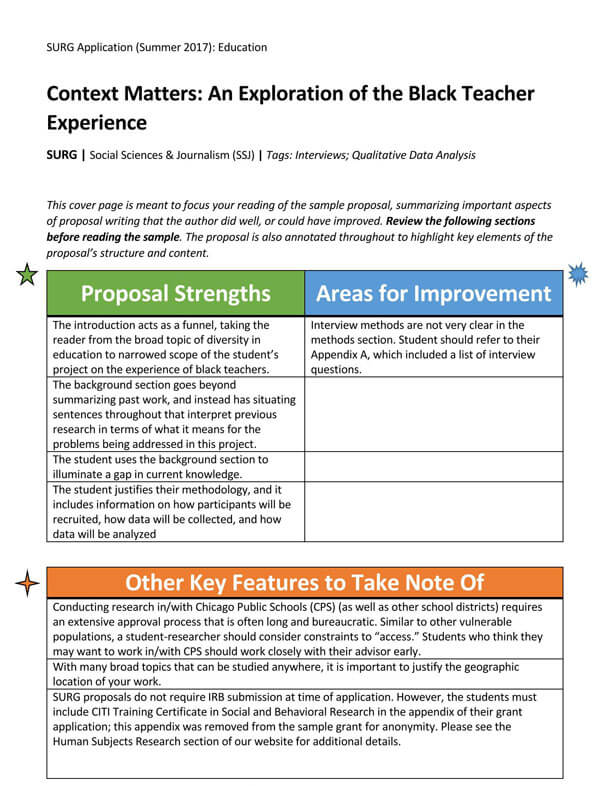
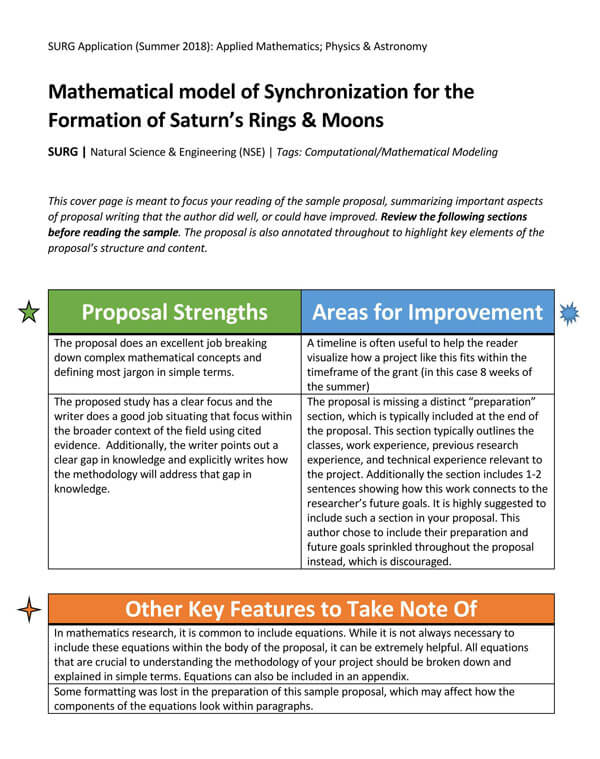
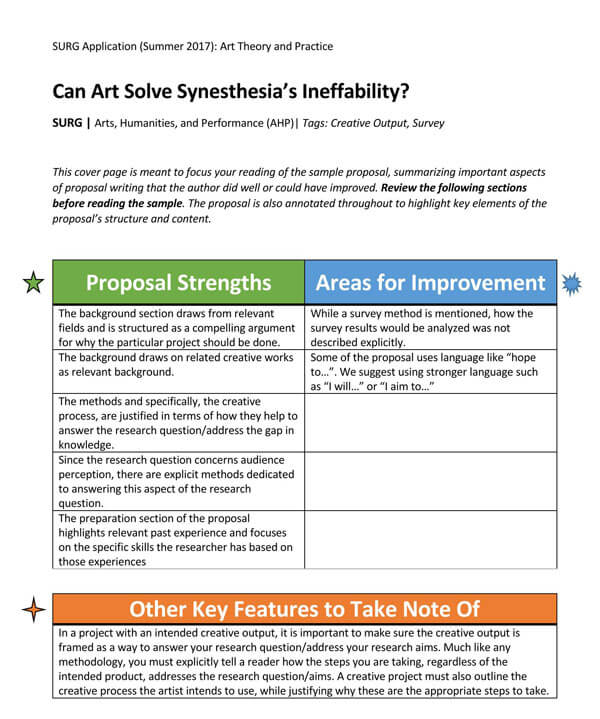
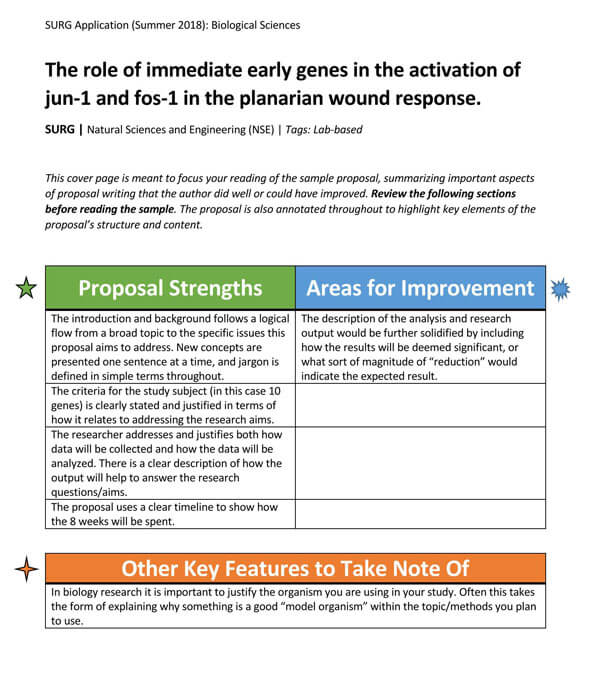
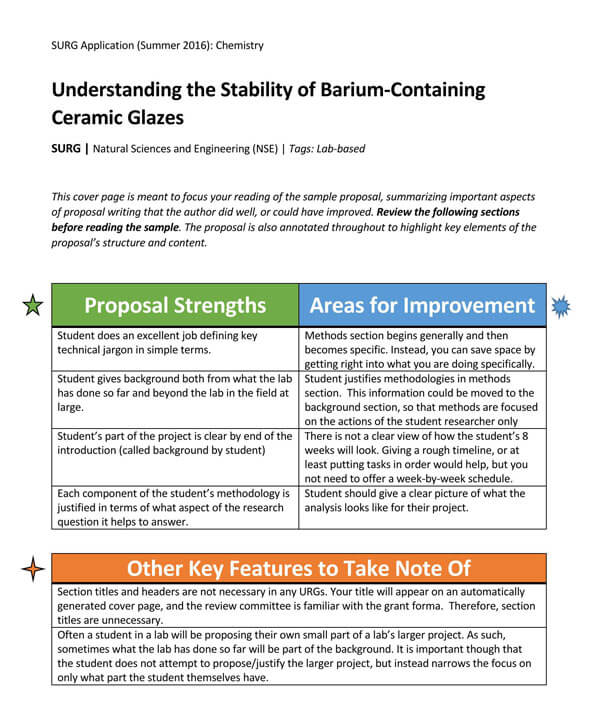
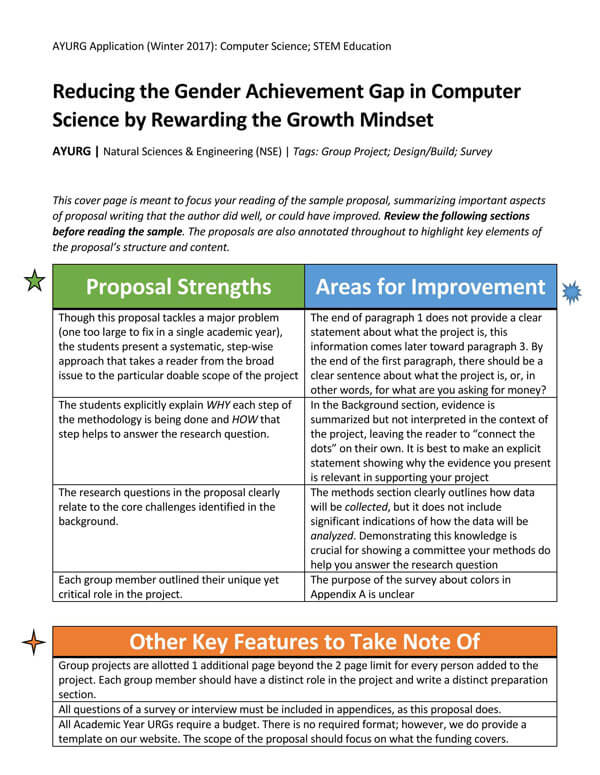
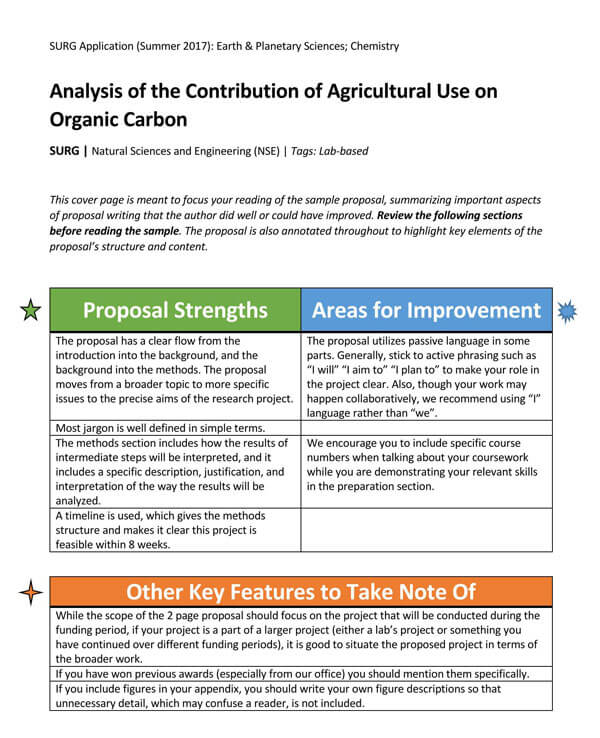
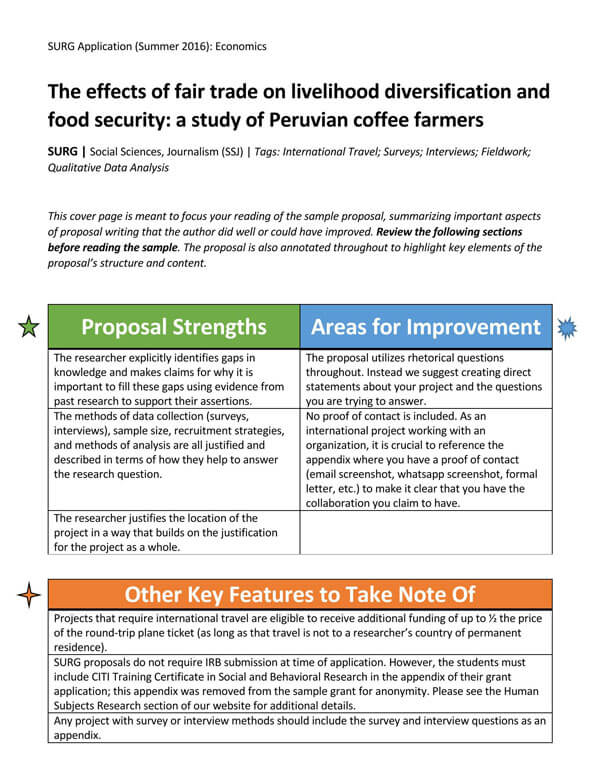
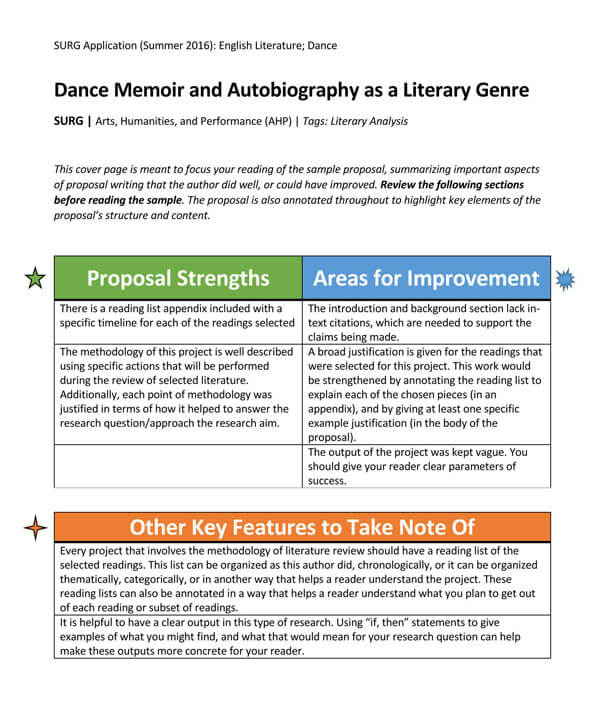
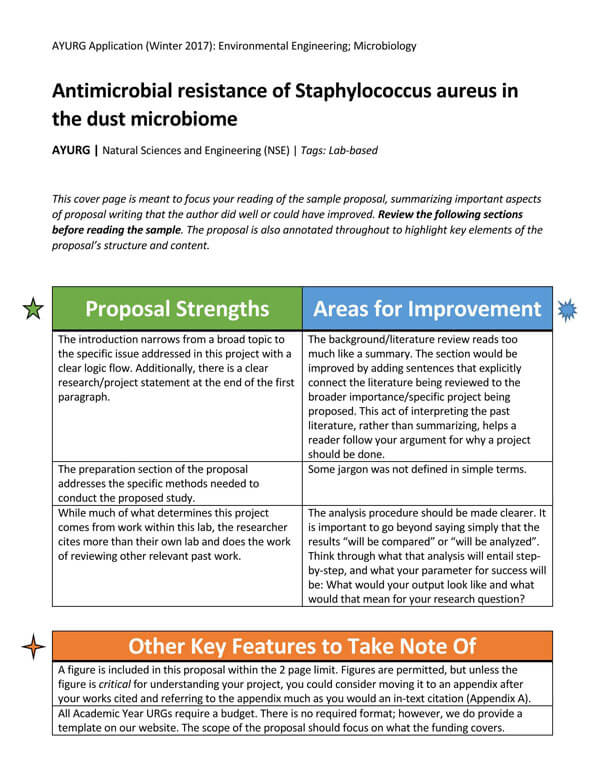
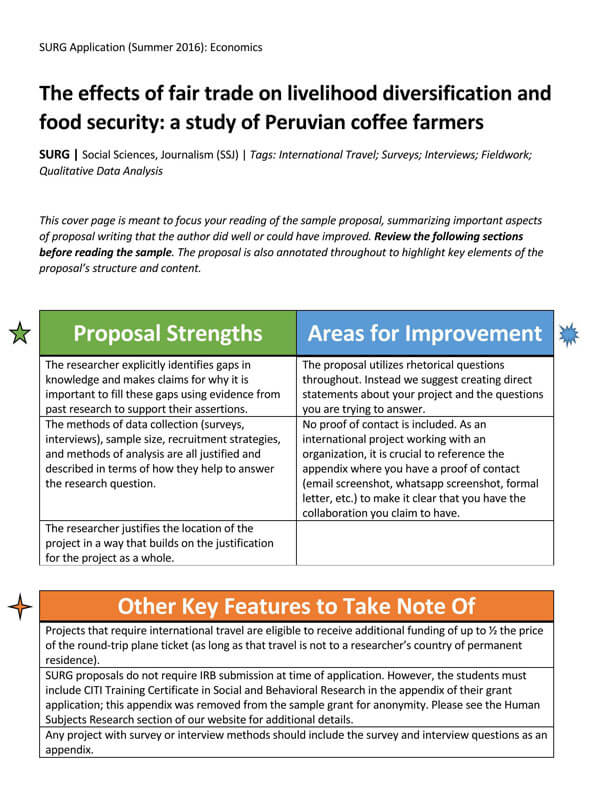
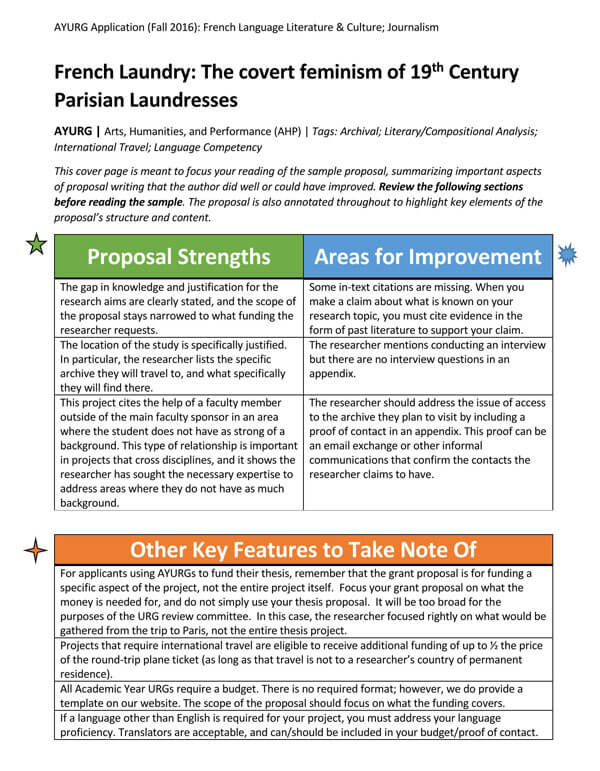
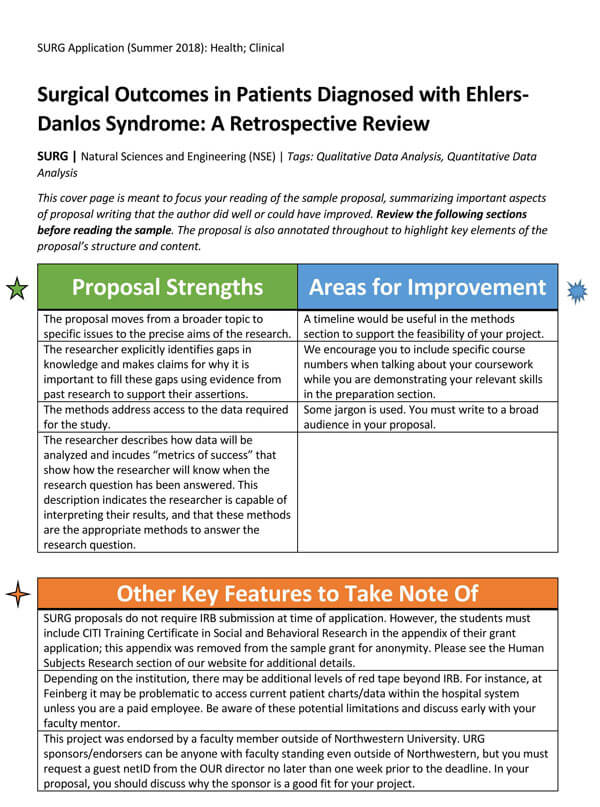
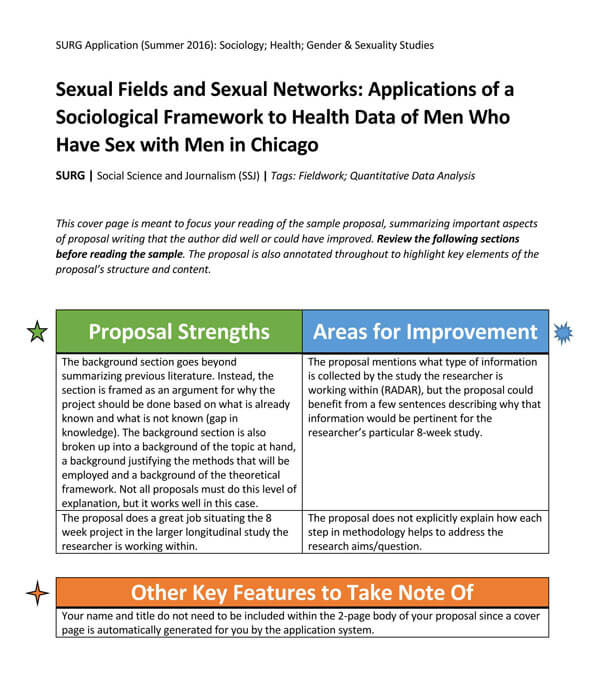
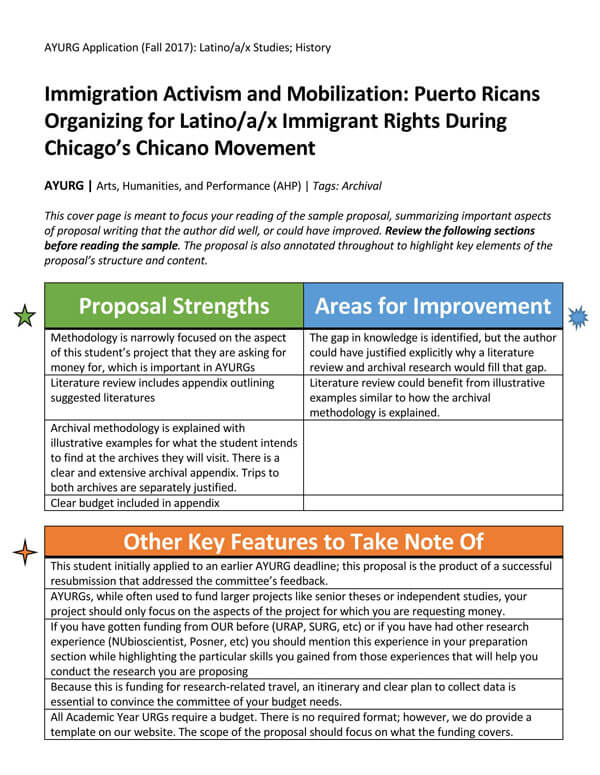
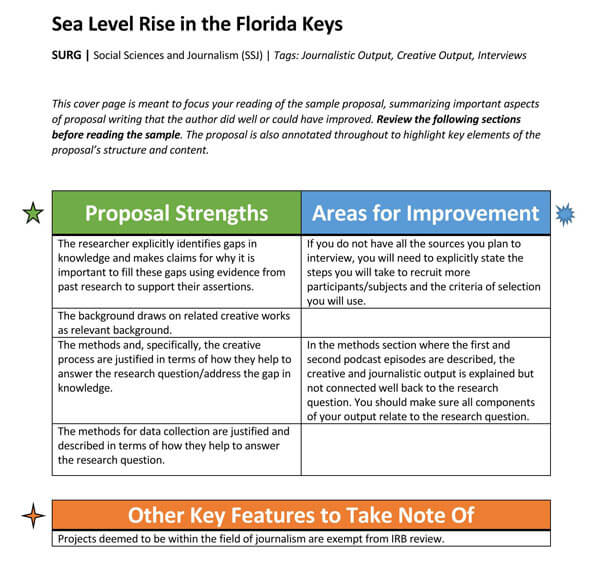
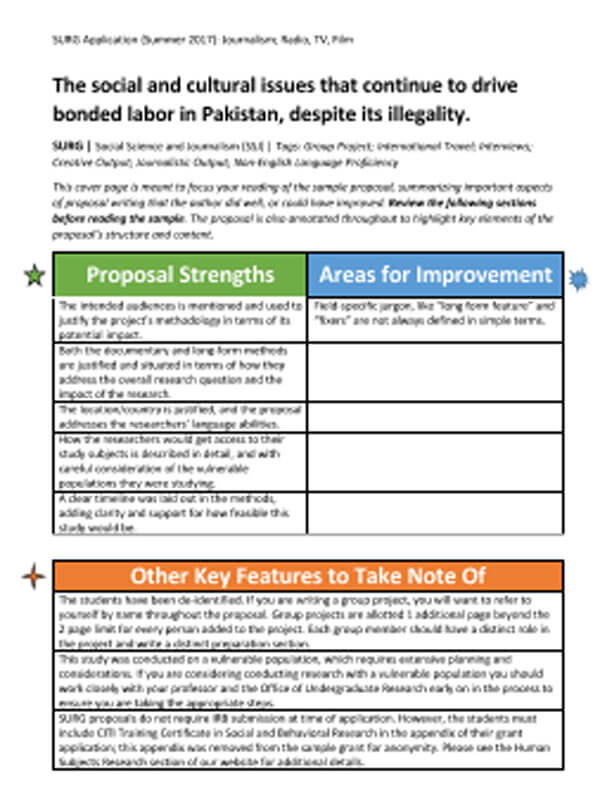
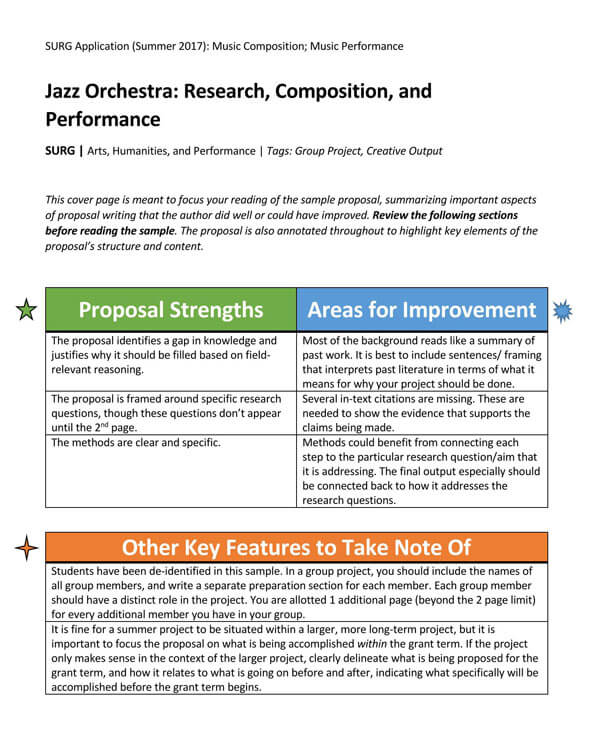
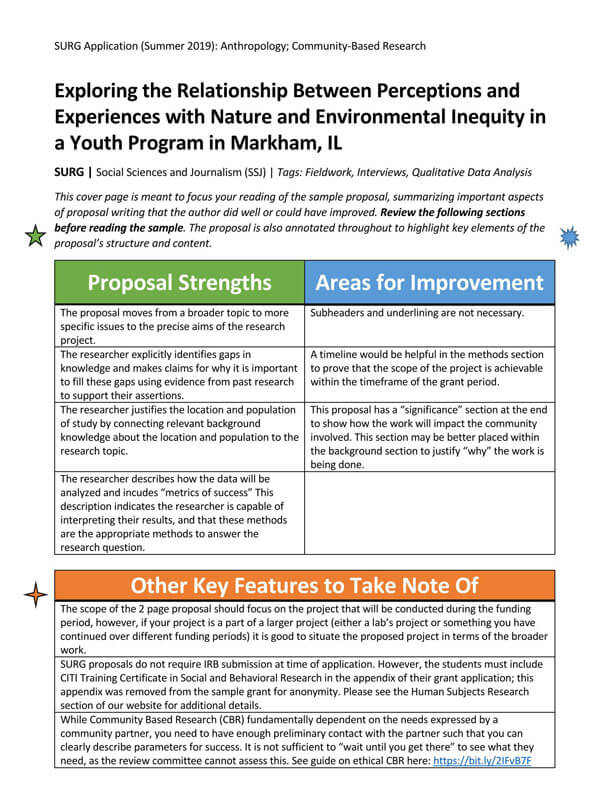
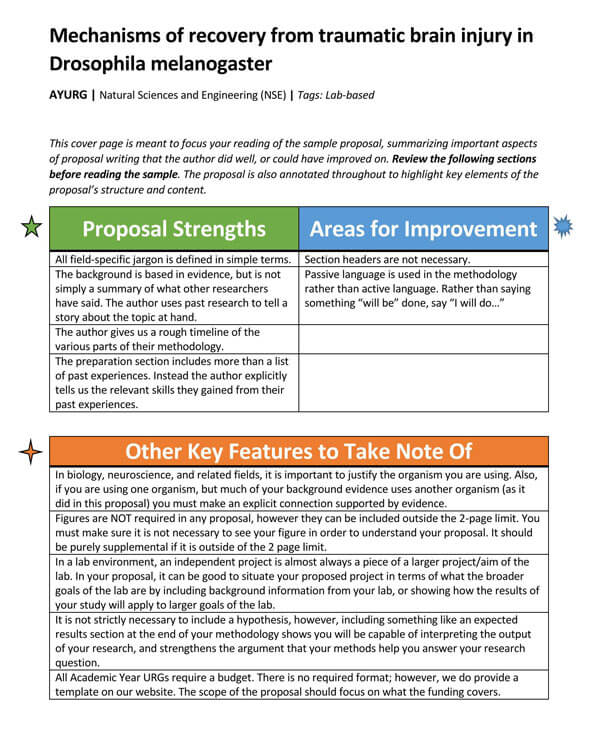
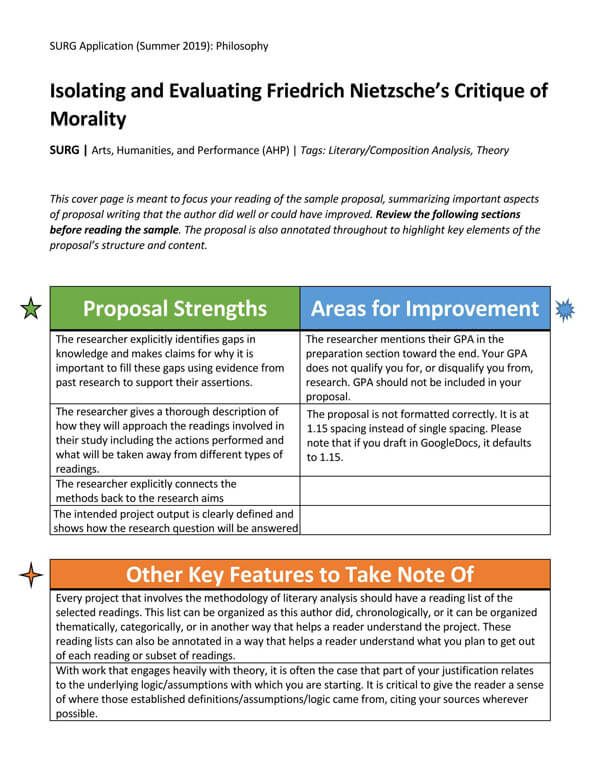
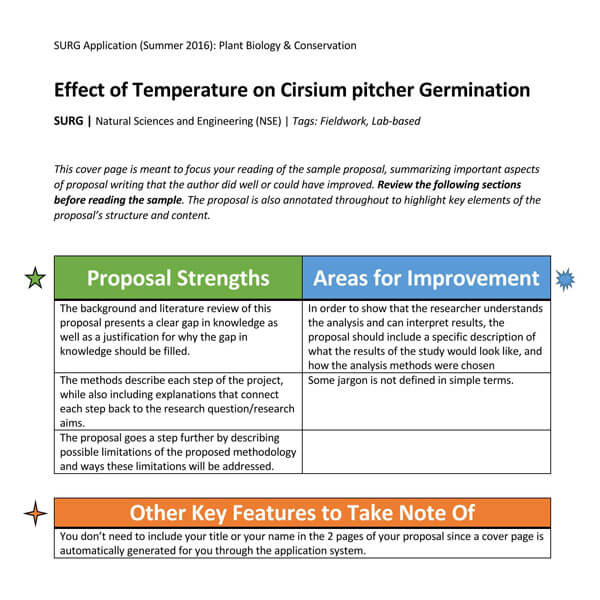
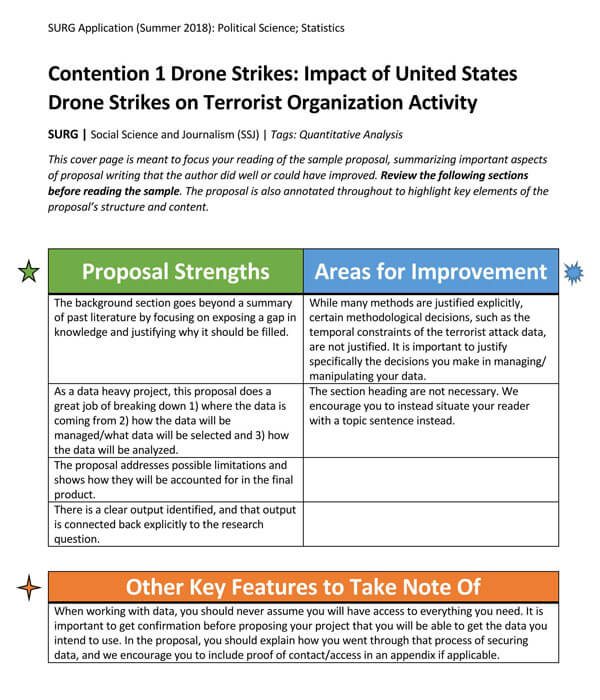
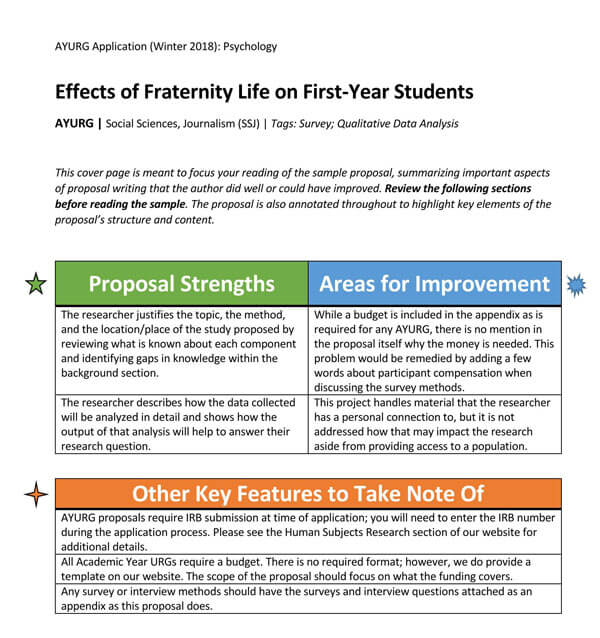
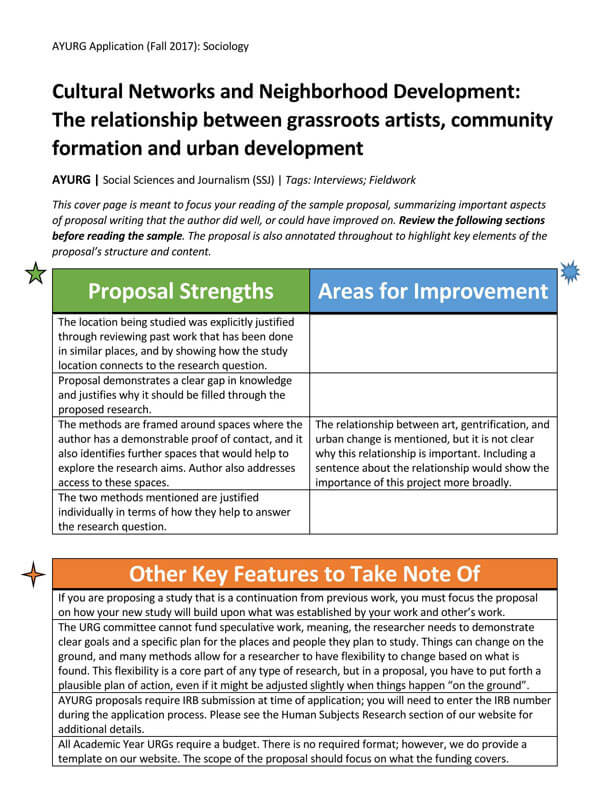
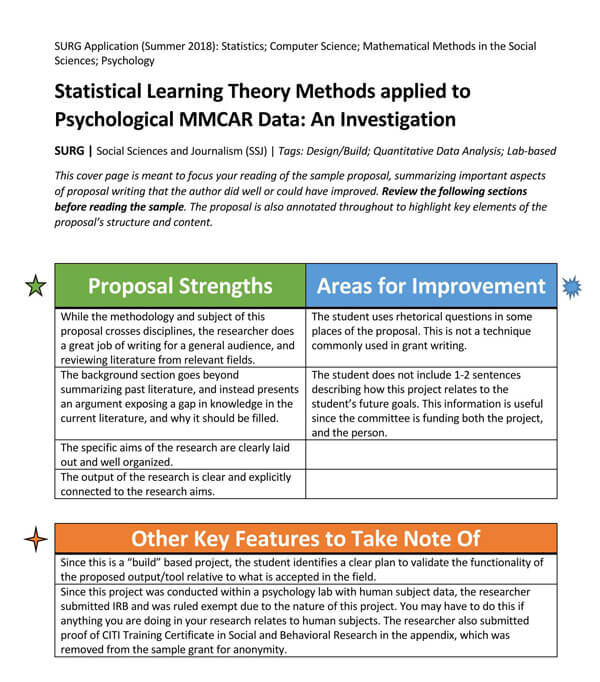


General Tips for Writing a Grant Proposal
Below are some tips to assist anyone in writing a winning grant proposal:
Pay heed to the agency’s interest
Most grantors will be looking for specific keywords or items during the review process. Therefore, it is vital to note this and incorporate it into the proposal, especially in today’s world where reviews can be done automatically. However, avoid using too many of the keywords (overstuffing).
Collect the entire data
Carry out extensive research on the problem and solution the project addresses and make statements or proposals based on this data. Factual representation of information is key to persuading agencies to award grants.
Customize your proposal
Make the proposal more reader-friendly and personalized. When writing to different agencies, ensure to customize the proposal to resemble the agencies’ interests, expectations, and guidelines; these vary between agencies. As much as you can borrow items from one proposal and use them on another, avoid reusing the same document. Customizing a proposal will often require a bit of research.
Organize ideas with a numbered list
It is recommended that when you are listing items, you number them, as it improves the proposal presentation and makes it easier for the reader to skim, which might come in handy during the review process.
Do not be generic
A lack of precision (generalization) can hurt your chances of getting a grant. Remain specific to the grant and the project when writing the proposal.
Be clear and concise
Be direct and to the point. Grant proposals are not novels of what is going to happen; therefore, they should include only relevant information that the grantor can use to decide whether to award the grant or not.
Review and get a fresh perspective
Once completed, review it to ensure it is written from a perspective that can be understood by someone not involved in the same industry. Reducing or removing jargon and abbreviations can be helpful to the reader. Alternatively, have a third party review the proposal and ask them to give feedback.
Double-check the application
Look for spelling mistakes, grammatical errors, calculations, and due dates before preparing the final draft. Also, check the formatting and supporting documents. Finally, review the document on whether it has met the grantor’s specifications.
EXAMPLE
Character limits, font size, page numbers, etc.
Key Takeaways
- A grant proposal is defined as a formal written request for funds to carry out a profit or non-profit project or campaign.
- Its essential elements are a cover letter, title page, abstract/introduction, institutional background, problem statement, project goals and objectives, implementation plan, evaluation plan, other funding and sustainability, project budget, and supporting documents.
- Research is part and parcel of writing a winning grant proposal.
- Writing one does not have to be intricate if you are willing to research and abide by the grantor’s guidelines.
- There are different types and sizes of grants: general operating, program and project grants, capacity-building grants, capital grants, endowment grants, matching grants, etc.
- Applicants can request grants from more than one agency at the same time.




